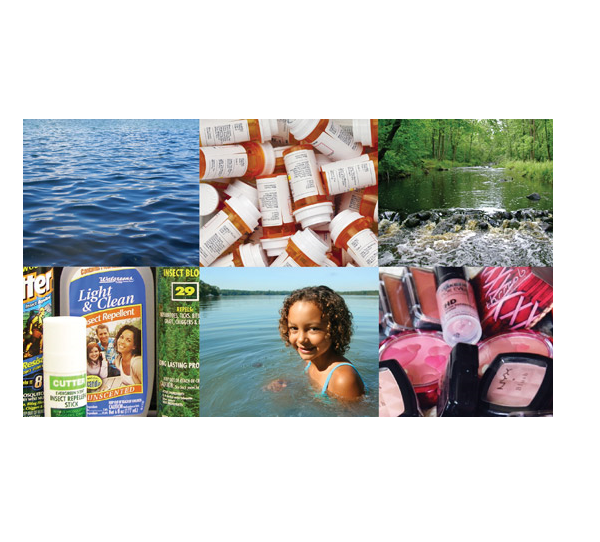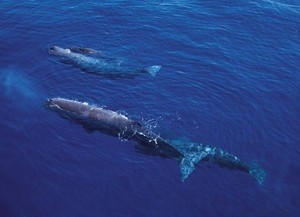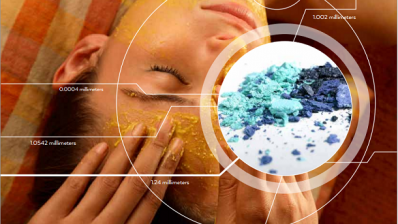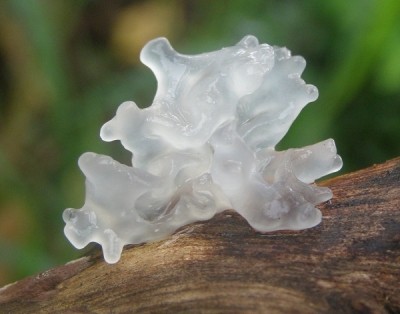Minnesota study underlines waterways pollution from cosmetics

The findings have come from the latest in a series of studies that aim to investigate the presence of these chemicals in lakes, streams and rivers across the state to determine the levels of the pollution and the effect it is having on the environment.
The study found that even in remote parts of the state, which has a population of 5.5m people, chemicals such as antibiotics, nicotine breakdown products and a host of ingredients from cosmetic and personal care products were consistently found in lakes and streams where such chemicals have been found in similar previous studies.
Study shows pollution in remote areas
“We have known for some time that these compounds frequently turn up downstream from wastewater treatment plants,” said the study’s lead author, Mark Ferrey, environmental scientist at the Minnesota Pollution Control Agency.
“And recent research has shown that a surprising number are found even in remote lakes or upstream waters. But we have a lot to learn about how they end up there.”
The report highlights how septic systems and stormwater runoffs are likely to be the biggest sources of the contamination to surface water that has not been already impacted by wastewater treatment plants.
However, the contamination in waterways in more remote parts of the state is less easy to explain, with Ferrey suggesting that it could be from rainfall or atmospheric transport of dust, etc.
Pharmaceuticals are the biggest culprit
The study tested 11 lakes and four streams and found that the highest levels of contamination came from pharmaceutical products, although ingredients from cosmetics and other hygiene products were evident.
Ferrey stated that the latest research is helping to explain the type of contaminants that are consistently showing up and ultimately how they are affecting aquatic life and the environment.
Likewise, research into how these compounds affect human life through long-term, low-level exposure is still under way.
Lawmakers tackle microbead pollution
In the past year plastic microbead pollution has become a significant issue in the United States, with lawmakers at both a Federal and State level implementing new regulations to outlaw its use in cosmetic and personal care formulations.
In March, Colorado became the latest US state to propose a bill to ban the use of microbeads in cosmetics and personal care products.
The bill falls in line with similar regulations that are being introduced in a growing number of states nationwide, aimed at tackling the pollution problem that is occurring in waterways and marine areas throughout the country due to accumulation of the non-biodegradable plastic microbeads.
So far two states – Illinois and New Jersey – have implemented a future ban on microbeads, while dozens of other states are currently mulling similar regulation.
California has also proposed a bill to ban microbeads. This was rejected when it went to a house vote last year, but is expected to be proposed again during the course of this year.









